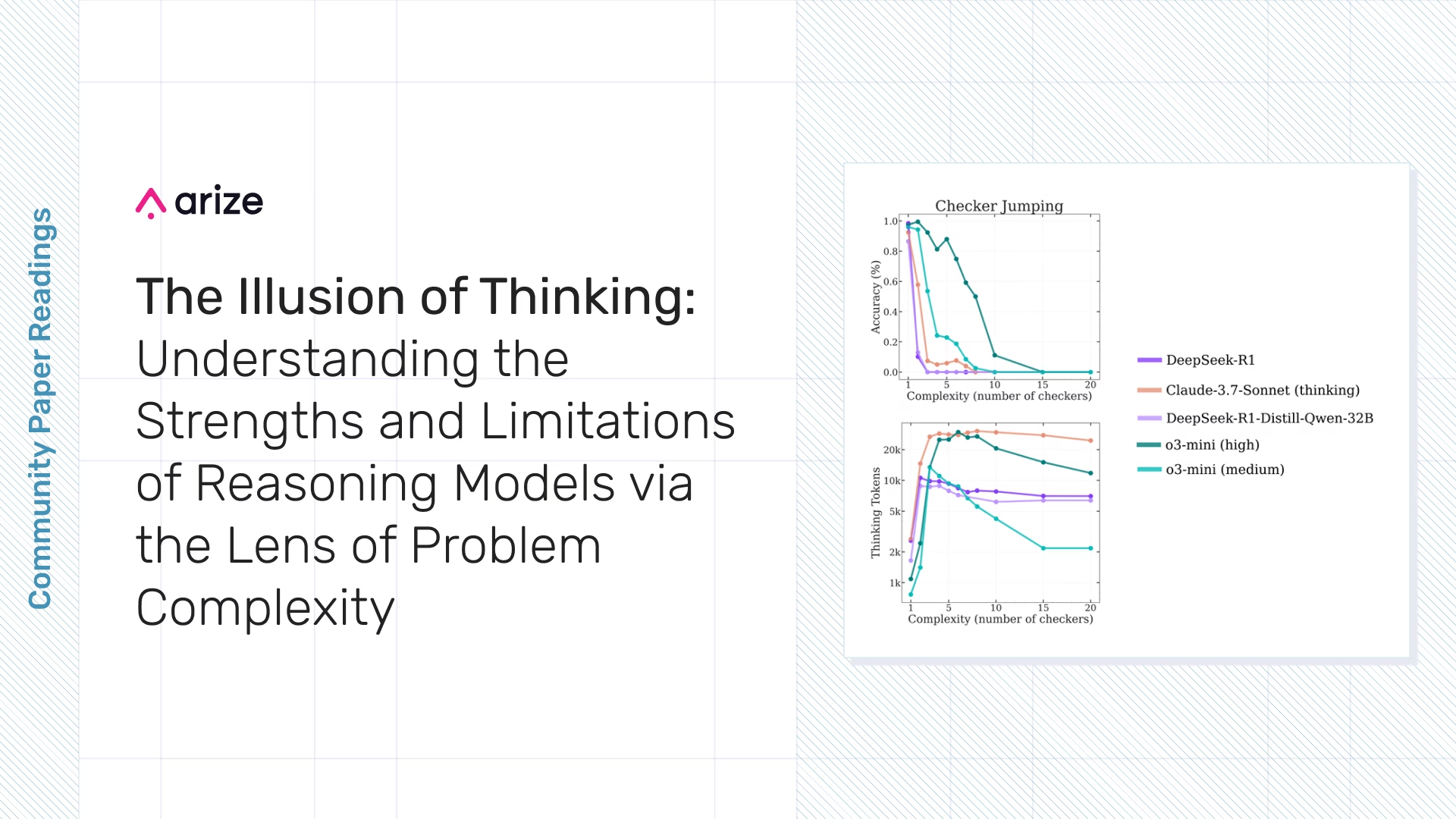
Introduction to OpenAI’s Realtime API
We break down OpenAI’s realtime API. Sally-Ann DeLucia and Aparna Dhinakaran cover how to seamlessly integrate powerful language models into your applications for instant, context-aware responses that drive user engagement. Whether you’re building chatbots, dynamic content tools, or enhancing real-time collaboration, we walk through the API’s capabilities, potential use cases, and best practices for implementation.
Watch
Listen
Dive in
Summary
In this discussion, we explore how OpenAI’s Real-Time API is transforming conversational applications through real-time, low-latency interactions that closely resemble natural conversation. With support for both text and audio input and output, this API unlocks new possibilities for immersive user experiences. Below, we cover the core features, functionality, and practical applications of this powerful tool.
Key Features of OpenAI’s Real-Time API
Here are some key features we covered:
Low-Latency Streaming via WebSockets
The Real-Time API leverages WebSockets, rather than standard HTTP requests, for bidirectional communication, allowing for smooth, instantaneous exchanges. This low-latency setup supports the back-and-forth exchanges necessary for a seamless conversational experience.
Multimodal Capabilities
The API’s multimodal support, enabling applications to use both text and audio. This flexibility opens doors to more interactive and engaging experiences by catering to users’ preferences.
Advanced Function Calling
We also talked about the API’s function-calling capabilities, which allow developers to integrate external tools and services. This feature significantly broadens the types of applications that can be built, offering developers more creative freedom in how they craft interactions.
- Manual Mode: We described how Manual Mode requires users to press to talk, providing control over when input is captured.
- Voice Activity Detection (VAD) Mode: We also covered VAD Mode, which detects user speech automatically, making interactions smoother and more intuitive.Two Voice ModesNavigating the Real-Time API Console
The Real-Time API Console came up as an invaluable resource for developers. Through it, users can engage directly with the API, observe events, and gain insights into the API’s functions and voice modes. Our discussion emphasized the console’s role in enhancing development efficiency, as it allows developers to see both client and server events in real time, streamlining debugging and troubleshooting.
Key API Events
There are several critical API events that help developers create, monitor, and debug applications. Some of these include:
- session_created: Initiates a WebSocket connection.
- session_updated: Updates settings, tools, and system instructions.
- conversation_item_created: Logs new entries, whether from the user or the AI.
- audio_upload and transcript: Represent audio file uploads and generated transcripts.
- response_cancel: Allows interruptions of responses to accommodate real-time changes.
These events offer developers important insights into user interactions and help in analyzing performance, enhancing the overall user experience.
Evaluating Real-Time Audio Applications
We also explored best practices for evaluating real-time audio applications. Evaluations include:
- Text-Based Evaluation: We discussed how traditional methods like QA accuracy checks can be applied to transcripts and outputs.
- Audio-Specific Evaluation: During our talk, we highlighted audio-specific factors like transcription accuracy, tone, and coherence.
Integrated Audio-Text Evaluation: Finally, we touched on assessing tone consistency and speaking speed as metrics that capture the fluidity of the audio-text interactions.
Applications and Future Directions
Throughout the conversation, we highlighted some of the Real-Time API’s most promising use cases, including conversational tools, hands-free accessibility features, and applications that tap into emotional nuance and voice-driven engagement. We also discussed how integrating the API with OpenAI’s chat completions API enables developers to add voice capabilities to text-based applications.
We concluded with our shared excitement for this API, which is accessible, versatile, and ready to inspire developers to experiment and innovate with next-gen conversational AI.






